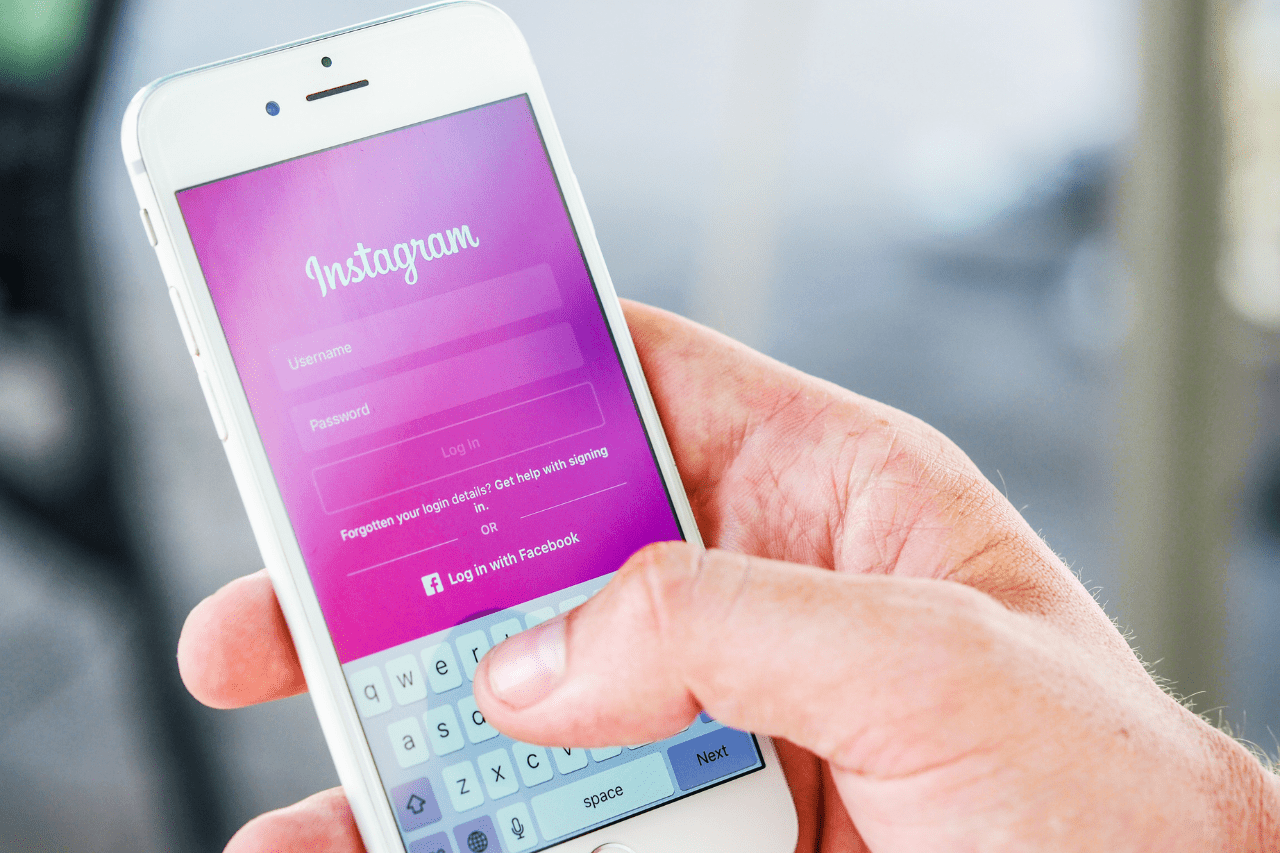Hashtags can be an effective way to expand the reach of your social media posts, but they must be relevant to what’s being discussed on each post – irrelevant hashtags will look spammy and reduce the authority of your content.
Long hashtags can be harder to read and cause unnecessary confusion; therefore, it is recommended that on most social networks three hashtags be used per post.
Best practices
Social media hashtags allow businesses to organize content, track a trend, and interact with communities via social media. Hashtags can be created by placing the # sign before words or phrases within posts; when used effectively they can boost engagement and reach while protecting against overly long or confusing hashtags which might turn off target customers.
Hashtags can help expand the reach of your social posts and establish your brand as an authority, so it’s best to avoid using generic hashtags for branding purposes and instead focus on using relevant ones that reflect your services – for instance, a photography business should only utilize hashtags related to its images it shares and use a limited number per post so as not to appear spammy.
When selecting hashtags, it can be useful to study the online strategies of competitors and industry leaders. Doing this allows you to analyze which hashtags they are using in their posts and bios so as to better identify those that work well for them; additionally, there are resources that provide lists of trending hashtags related to specific topics.
Attracting attention with trending hashtags can be tempting for brands; however, choosing irrelevant ones could prove disastrous to your audience and further alienate them from you.
To effectively utilize hashtags, it is best to choose ones that are pertinent to your business and likely searched by audiences. An ideal hashtag should include words that are easy for viewers to comprehend; too long or complex an acronym will prove challenging for followers, and will ultimately fail.
Keep in mind that different platforms have differing hashtag lengths and usage guidelines for their hashtags, such as Twitter’s limit of 106 characters per hashtag; any attempt at hashtagging an extended-phrase or word will break apart into individual letters and become unreadable.
Impact of trending hashtags
Hashtags can be an invaluable way to expand your reach and boost engagement with your audience. By strategically including trending hashtags in your posts, you can align them with ongoing discussions while tapping into communities of users interested in similar subjects – giving your brand increased exposure while building it’s following.
When selecting hashtags, take into account your content, platform used, and audience being targeted. Keep in mind that not all hashtags perform equally across platforms (for instance a popular Instagram hashtag might not fare so well on Twitter). In general, it’s wise to use fewer hashtags than you feel necessary – this will prevent posts from becoming too noisy and overshadowing their message.
Facebook posts with hashtags tend to generate higher levels of engagement than those without them; however, overusing hashtags can actually decrease overall engagement by up to 21%! In addition, long or irrelevant hashtags may confuse and distract readers – for optimal results add your hashtags at the end of captions or descriptions so they’re visible and easy for readers to digest.
Associating hashtags with your tweets is another excellent way to increase their visibility, increasing both their reach and engagement rates. The more hashtags you use, the higher their visibility will become – but make sure not too many are used; otherwise it could appear spammy and decrease engagement levels.
Finding trending hashtags is easy when using tools such as Sprout Social to search the various social media platforms. A tool such as this will provide a list of popular and frequently used hashtags so that you can select several from these lists for inclusion in your posts.
Hashtags are an integral component of social media marketing strategies. By strategically using them, they can increase both visibility and engagement with your target audience – however, it’s essential that you adhere to best practices on each platform to maximize their effectiveness.
Strategic use of niche-specific tags
Hashtags can be an invaluable asset when used strategically on social media. They increase both visibility and engagement by drawing in users who are searching for similar content; however, it’s essential that hashtags be chosen with care to avoid time wasted on ineffective strategies; choosing ones relevant to both your brand and audience should also be prioritized.
Your hashtag usage depends on the content type you share and should never exceed four hashtags at a time; using too many may confuse your audience and utilizing consistent tags across all your posts makes it easier for audiences to access your work.
Before selecting the optimal hashtags for your business, it is vitally important to conduct market research. Utilize social media tools to analyze competitors’ hashtags and search for trending ones in your industry; this will give you insights into which ones are working for them and help create your own.
When selecting the appropriate hashtags, keep niche-specific ones in mind as these have the highest chance of reaching your intended audience. They should contain words and letters that can easily be read aloud; furthermore, contractions and apostrophes should be avoided as these could prove confusing for your target market.
Along with researching niche-specific hashtags, it is also a good idea to investigate general trends. This will enable you to identify the most sought-after hashtags and determine how many people are searching for them – this can then inform your content strategy accordingly.
Hashtags are essential components of social media posts, and can dramatically boost their visibility. When used appropriately, hashtags can help your content gain traction, drive engagement, and expand your brand presence – whether that means quick exposure or growing an existing following, the right hashtags could be key to its success on any platform. But before beginning any hashtagging campaign it’s essential that you first understand why and what the purpose of your hashtagging strategy is; what are you hoping to accomplish with them?
Dos and don’ts of hashtag usage
Attributing effective social media hashtag use requires adhering to best practices and having a coherent marketing plan. In general, three hashtags per post is ideal, although Instagram suggests using 9-15 tags while LinkedIn and Pinterest suggest three to five tags in each update.
The use of hashtags is key in ensuring your clients’ posts reach their intended audiences. Hashtags act as keyword search functions used by social media platforms to organize updates, allowing users to quickly follow topics of interest and locate relevant posts more quickly. Furthermore, using hashtags may increase engagement rates and clickthrough rates.
When selecting a hashtag for your client’s posts or events, ensure it relates directly to what’s being posted about. Failing to do this may damage the brand by drawing traffic away from relevant pages and distracting potential visitors with irrelevant hashtags. Furthermore, try not to combine multiple keywords into one hashtag as this can become confusing and difficult for readers.
Hashtags should be short, precise, and easy to spell; relevant to both your client’s content and company; and easily used. Long, cumbersome hashtags won’t work as effectively at attracting new customers or promoting client content.
The position of a hashtag is also essential; for instance, it should appear near the beginning of your post or tweet for optimal readability and comprehension by your target audience. Placing it at the end of each sentence would make reading it harder.
Finally, it is best to avoid using hashtags too frequently, as their overuse could be seen as spam and will have the opposite of desired effects. According to Sprout Social’s research, posts containing more than two hashtags tend to reduce engagement rates significantly.
When selecting a hashtag, it’s essential to research popular terms that are currently trending across each platform. Furthermore, you could try out several of these trending tags on your own posts to see how well they perform before adding them to a client’s strategy.











